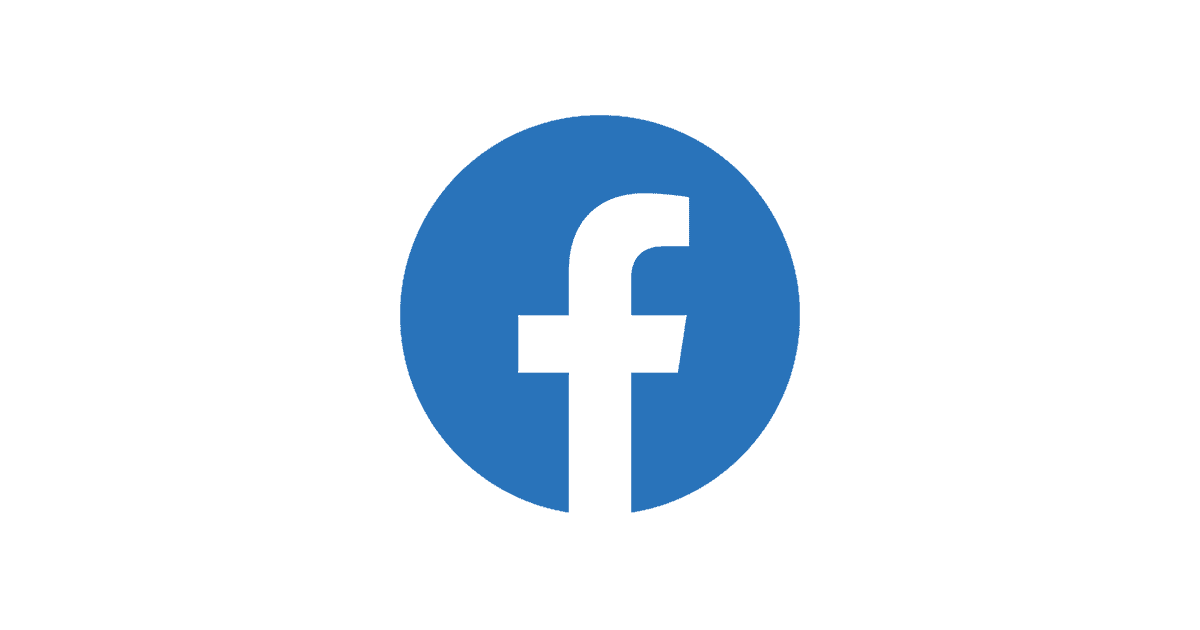In a significant shift in news consumption habits, Facebook has emerged as the top choice for news among U.S. adults, surpassing traditional news sources such as television, radio, and print. A recent study by the Pew Research Center found that 38% of Americans now get their news primarily from Facebook, up from 28% in 2018.
Key Highlights:
- Facebook is the most popular source of news among U.S. adults, with 38% reporting that it is their primary source.
- Traditional news sources, such as television, radio, and print, have seen a decline in their use as news sources.
- Younger adults are more likely to get their news from Facebook than older adults.
- Social media platforms play an increasingly important role in disseminating news.

Exploring the Reasons Behind Facebook’s Popularity
Several factors contribute to Facebook’s growing popularity as a news source. The platform’s personalized news feed provides users with news that is relevant to their interests, and its social features allow users to share and discuss news stories with friends and family. Additionally, Facebook’s mobile app makes it easy to access news on-the-go.
As Facebook’s popularity as a news source has grown, so has its influence on the news industry. News organizations are increasingly using Facebook to reach audiences and distribute their content. In some cases, Facebook has even become the primary source of news for some people, particularly younger adults.
The Rise of Social Media as a News Source
The rise of social media as a news source has had a significant impact on the news industry. Social media platforms have made it easier for people to access news, but they have also made it easier for misinformation to spread. Additionally, social media platforms have given news organizations new ways to reach audiences, but they have also put pressure on them to produce content that is shareable and engaging.
Addressing the Challenges of Social Media and News Consumption
The increasing reliance on social media for news consumption presents a number of challenges. One challenge is the spread of misinformation. Social media platforms make it easy for false or misleading information to spread quickly and widely. Another challenge is the potential for echo chambers. Social media platforms can create echo chambers by exposing users only to information that confirms their existing beliefs.
There are a number of steps that can be taken to address these challenges. Social media platforms can work to identify and remove misinformation, and they can also provide users with information about how to identify and avoid it. Additionally, news organizations can work to produce high-quality, fact-checked journalism that is accessible to a wide audience.
The rise of Facebook as a top choice for news among U.S. adults highlights the changing landscape of news consumption. As social media platforms continue to play an increasingly important role in disseminating news, it is important to be aware of the challenges and opportunities that this presents. By taking steps to address these challenges, we can ensure that social media is a positive force for news consumption.

















